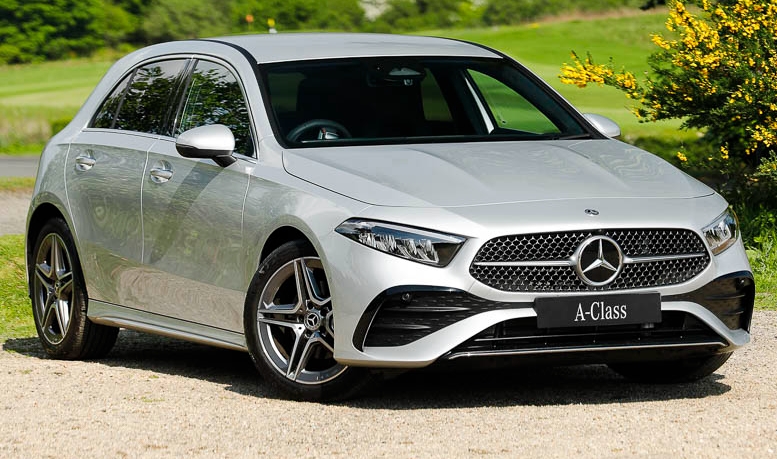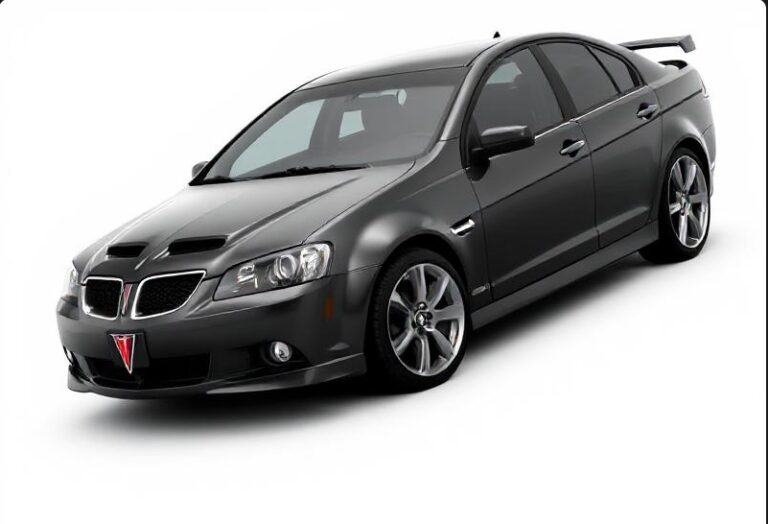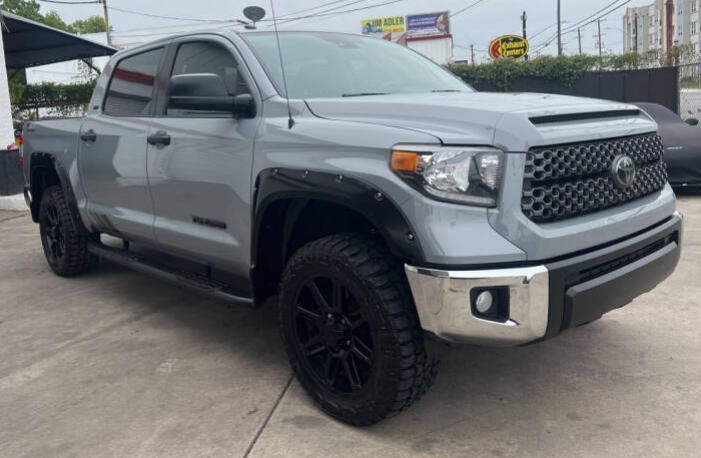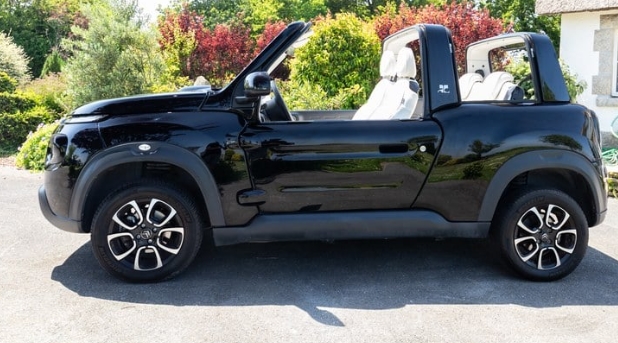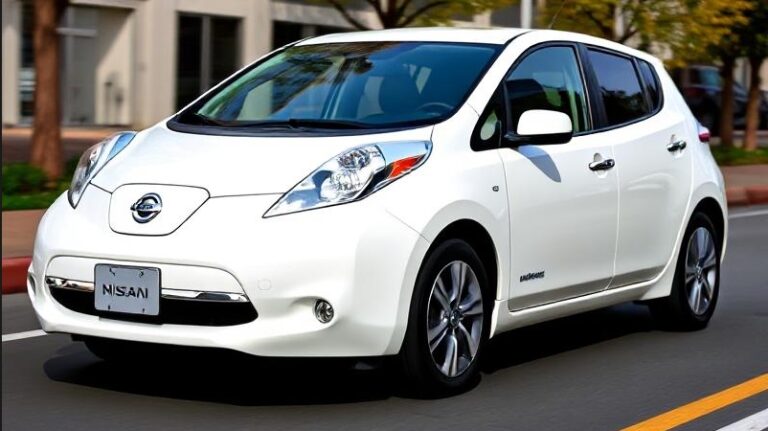The Four-Generation Evolution of the Mercedes-Benz A-Class
The Mercedes-Benz A-Class has undergone one of the most dramatic transformations in modern automotive history. In the space of four generations, it has evolved from a quirky, tall, and controversial city car into a technologically advanced, stylish, and performance-oriented leader in the premium compact segment. Its journey is not just a story of a single model line but a reflection of the Mercedes-Benz brand’s own evolution, its response to market demands, and its relentless push for innovation in engineering, safety, and technology.
First Generation (W168): The Revolutionary Concept (1997-2004)
When the W168 A-Class debuted at the 1997 Frankfurt Motor Show, it was unlike any Mercedes-Benz seen before. It was short, exceptionally tall, and featured a one-box design that prioritized interior space above all else. The car was a radical departure for a brand synonymous with long, stately saloons.
The engineering marvel of the W168 was its patented “sandwich floor” platform. This innovative design placed the engine and transmission in a separate layer, partially beneath the passenger compartment. In a severe frontal collision, this assembly was designed to slide underneath the floor rather than into the cabin, providing a level of crash protection unheard of in a car of its diminutive size. This architecture also created a completely flat floor and a raised seating position, offering occupants outstanding visibility and a surprisingly cavernous interior.
However, the W168’s early life was defined by controversy. During a handling test conducted by a Swedish automotive magazine, the A-Class notoriously overturned while performing an evasive manoeuvre known as the “elk test” or “moose test.” The public relations fallout was immense. In an unprecedented move, Mercedes-Benz halted all deliveries, recalled the 17,000 cars already sold, and re-engineered the vehicle’s suspension. Crucially, they made their Electronic Stability Program (ESP) standard equipment, along with Brake Assist. This crisis, while damaging in the short term, ultimately cemented the A-Class’s reputation for safety and accelerated the adoption of ESP across the entire industry.
A mid-cycle facelift in 2001 brought subtle cosmetic updates, improved interior materials, and the introduction of a long-wheelbase version (V168), which added 170mm of length to provide S-Class levels of rear legroom in a compact package.
Models and Trim Levels (W168):
Trims: The lineup followed Mercedes’ traditional structure:
Classic: The base model with essential features.
Elegance: A more luxurious trim with wood accents and upgraded upholstery.
Avantgarde: The sporty option, featuring blue-tinted glass, alloy wheels, and a more modern interior finish.
Petrol Engines:
A 140: 1.4L, 82 hp
A 160: 1.6L, 102 hp
A 190: 1.9L, 125 hp
A 210 Evolution: 2.1L, 140 hp (a limited, high-performance version)
Diesel Engines (CDI):
A 160 CDI: 1.7L, initially 60 hp, later 75 hp
A 170 CDI: 1.7L, 90 hp, later 95 hp
Second Generation (W169): Refinement and Maturity (2004-2012)
Launched in 2004, the second-generation W169 A-Class was an evolution, not a revolution. It retained the signature one-box design and the safety-focused sandwich floor concept of its predecessor but improved upon it in every conceivable way. The car was wider, longer, and sported a more grown-up, angular design that aligned it more closely with the broader Mercedes-Benz family.
The interior quality took a significant leap forward, with soft-touch materials, better ergonomics, and more advanced features like the optional COMAND infotainment system. Engineering enhancements included a new “parabolic axle” rear suspension for improved ride comfort and stability, as well as the availability of an “Autotronic” Continuously Variable Transmission (CVT).
For the first time, the A-Class was offered in two body styles: the practical five-door model and a sleeker, more dynamic three-door (C169). This move was a clear attempt to broaden the car’s appeal to a younger, more style-conscious demographic.
The 2008 facelift introduced Mercedes’ BlueEFFICIENCY technology, incorporating features like a start-stop function to improve fuel economy and reduce emissions. Active Park Assist was also introduced, a system that could automatically steer the car into a parking space, showcasing the brand’s commitment to trickling down high-end technology to its smaller models.
Models and Trim Levels (W169):
Trims: The familiar Classic, Elegance, and Avantgarde structure continued.
Petrol Engines:
A 150: 1.5L, 95 hp
A 170: 1.7L, 116 hp
A 200: 2.0L, 136 hp
A 200 Turbo: 2.0L Turbo, 193 hp (the unofficial ‘hot hatch’ of the range)
Diesel Engines (CDI):
A 160 CDI: 2.0L, 82 hp
A 180 CDI: 2.0L, 109 hp
A 200 CDI: 2.0L, 140 hp
Third Generation (W176): The Complete Reinvention (2012-2018)
The third-generation A-Class of 2012 represented a seismic shift. Mercedes-Benz abandoned the tall, one-box, sandwich floor design entirely. In its place was a stunningly conventional, low-slung, and aggressive five-door hatchback. The target audience changed overnight from mature, practicality-focused buyers to a younger generation seeking style, performance, and a premium badge.
The production car stayed remarkably true to the dramatic 2011 “Concept A-Class,” with a long bonnet, a bold grille adorned with a giant three-pointed star, and a taut, muscular body. The interior was equally revolutionary, dominated by SLS AMG-inspired air vents and a “floating” tablet-style infotainment screen that would become a staple of Mercedes interiors for years to come.
This generation was built on the new Modular Front Architecture (MFA) platform, which also underpinned the CLA, GLA, and B-Class. This more conventional front-wheel-drive platform (with optional 4MATIC all-wheel drive) allowed for a much more dynamic driving experience.
The W176’s greatest triumph was the introduction of a true performance model: the A 45 AMG. Launched in 2013, it was powered by the most powerful 2.0-litre four-cylinder production engine in the world at the time, producing a staggering 360 hp. Paired with a sophisticated all-wheel-drive system, it could sprint from 0-62 mph in just 4.6 seconds, single-handedly redefining the hyper-hatch segment and putting rivals like the Audi RS3 and BMW M135i on notice.
A 2015 facelift introduced subtle styling tweaks, including the now-iconic diamond-pattern grille as a more widely available option, an updated infotainment system with Apple CarPlay, and an even more powerful A 45 AMG with 381 hp.
Models and Trim Levels (W176):
Trims (UK market examples):
SE: Entry-level but well-equipped.
Sport: Larger alloy wheels and sportier styling details.
AMG Line: Aggressive AMG-inspired body styling, sports suspension, and an enhanced interior.
Engineered by AMG: A bridge model to the full AMG, with specific suspension tuning.
Petrol Engines:
A 180: 1.6L, 122 hp
A 200: 1.6L, 156 hp
A 250: 2.0L, 211 hp (later 218 hp)
Diesel Engines (CDI/d):
A 180 d: 1.5L, 109 hp (Renault-sourced)
A 200 d: 2.1L, 136 hp
A 220 d: 2.1L, 170 hp (later 177 hp)
AMG Models:
A 45 AMG 4MATIC: 2.0L Turbo, 360 hp (pre-facelift), 381 hp (post-facelift)
Fourth Generation (W177): The Technology Leader (2018-Present)
If the third generation was about style, the fourth generation, launched in 2018, is about technology. While retaining the successful sporty hatchback formula, the W177 pushed the boundaries of what to expect from a compact car, particularly on the inside.
The exterior design evolved with Mercedes’ new “Sensual Purity” philosophy, featuring a “predator” face with slimmer, more aggressive headlights and cleaner body lines. The big news, however, was the interior, which debuted the groundbreaking Mercedes-Benz User Experience (MBUX). This system replaced the previous COMAND setup with two large, widescreen digital displays that seamlessly blend into a single unit. Its defining feature is the “Hey Mercedes” natural language voice assistant, an AI-powered system that allows occupants to control everything from navigation to climate control with conversational commands.
The W177 family also expanded significantly. Alongside the five-door hatchback, Mercedes launched a four-door A-Class Saloon (Sedan), directly targeting the Audi A3 Saloon and providing a more traditional entry point into the brand’s saloon lineup.
The performance sub-brand, Mercedes-AMG, also diversified its A-Class offerings. It introduced the “entry-level” AMG A 35, a potent and engaging all-rounder designed to compete with the VW Golf R and Audi S3. Above it sits the phenomenal AMG A 45 S, which once again broke records with its hand-built 2.0-litre engine producing an incredible 421 hp, solidifying its status as the king of hyper-hatches with advanced features like a “Drift Mode.”
The introduction of the A 250 e plug-in hybrid model marked the A-Class’s entry into electrification, offering a significant all-electric range for zero-emission daily commuting.
Models and Trim Levels (W177):
Trims (UK market examples):
SE
Sport / Sport Executive
AMG Line / AMG Line Executive / Premium / Premium Plus
Petrol Engines:
A 180: 1.3L Turbo, 136 hp
A 200: 1.3L Turbo, 163 hp
A 250: 2.0L Turbo, 224 hp
Diesel Engines (d):
A 180 d: 1.5L, 116 hp
A 200 d: 2.0L, 150 hp
A 220 d: 2.0L, 190 hp
Hybrid:
A 250 e: 1.3L Turbo + Electric Motor, 218 hp combined output
AMG Models:
AMG A 35 4MATIC: 2.0L Turbo, 306 hp
AMG A 45 S 4MATIC+: 2.0L Turbo, 421 hp
.

.
Conclusion: A Legacy of Adaptation
The journey of the Mercedes-Benz A-Class is a masterclass in brand adaptation. From its audacious, safety-pioneering but aesthetically challenged origins as the W168, it has morphed into a vehicle that defines its class. It stumbled with the moose test but recovered to set new safety standards. It matured with the W169, providing a refined if unremarkable package. It then completely reinvented itself with the W176, capturing the hearts of a new, younger audience. And finally, with the current W177, it has established itself as a technological benchmark. The A-Class proves that to survive and thrive, even a brand as storied as Mercedes-Benz must be willing to learn, adapt, and sometimes, completely start over.
